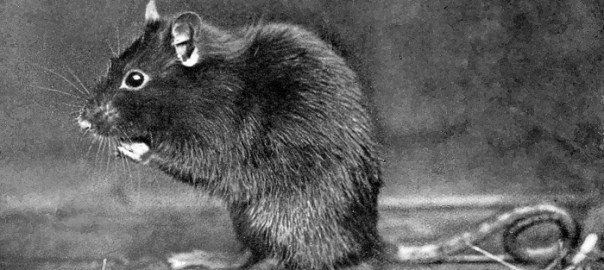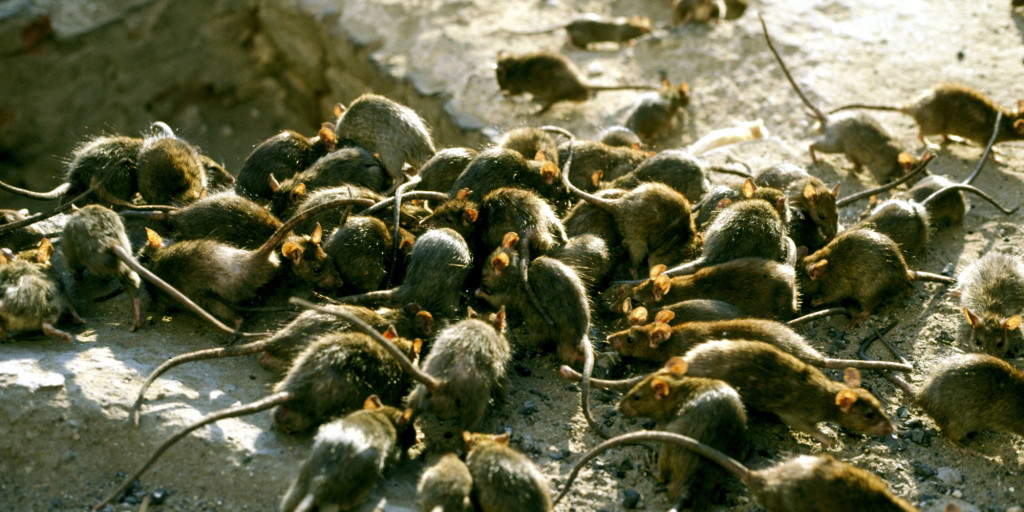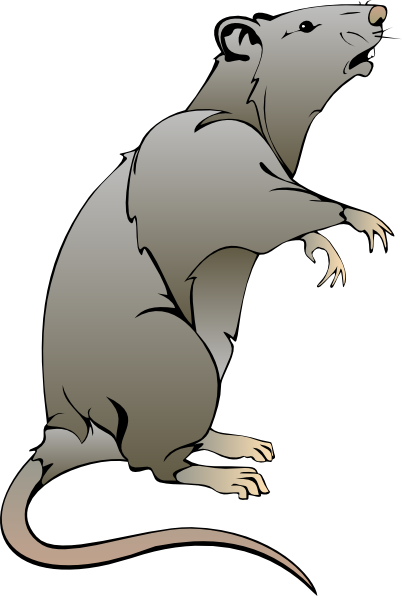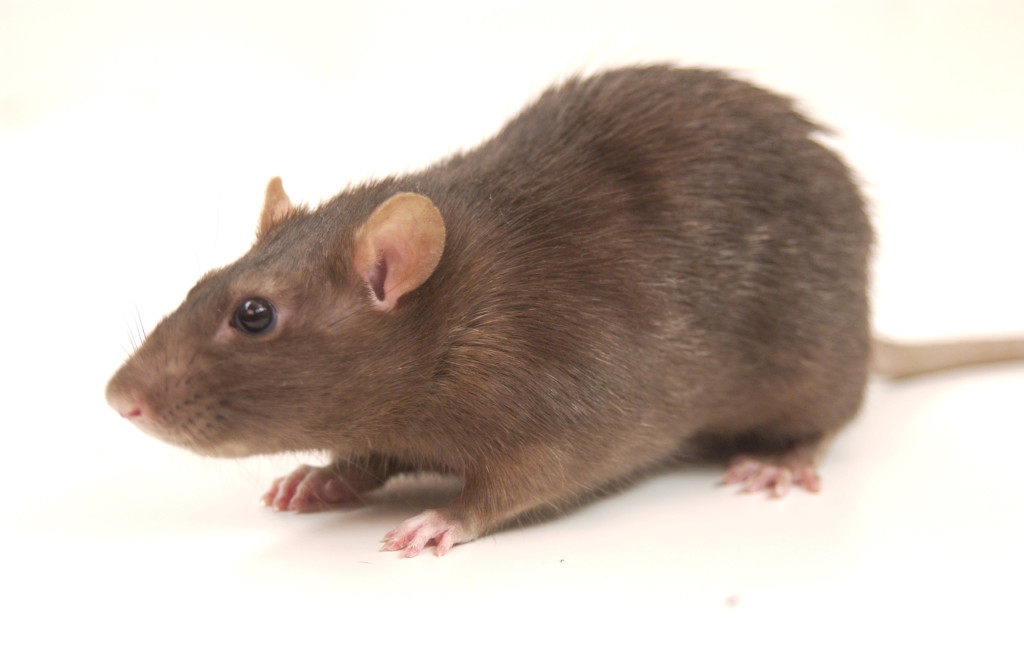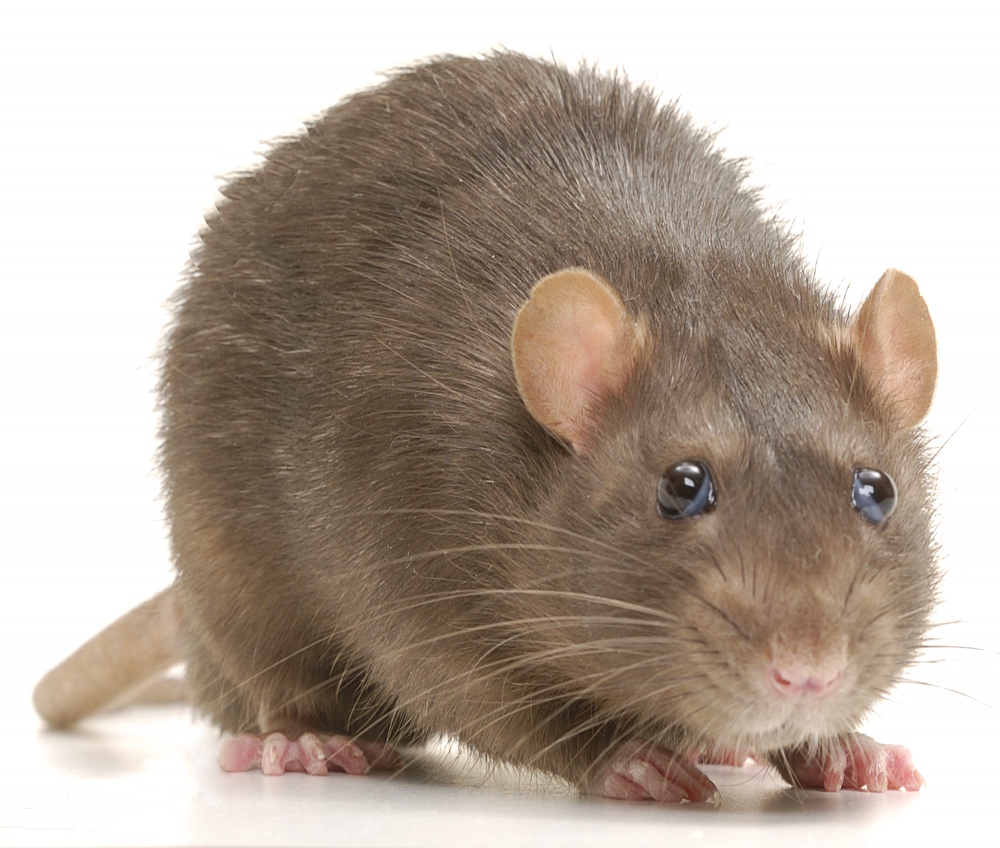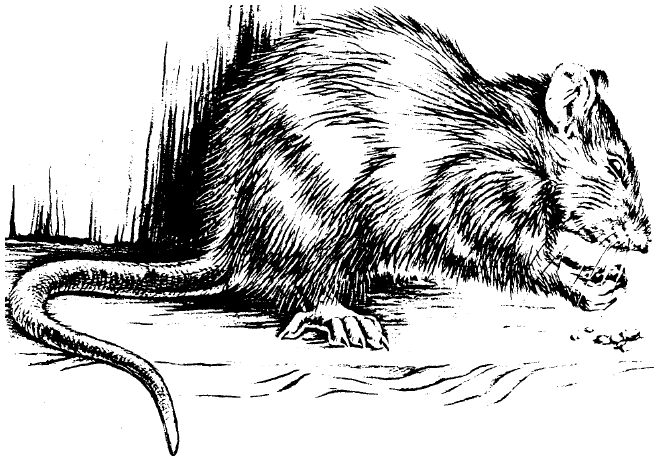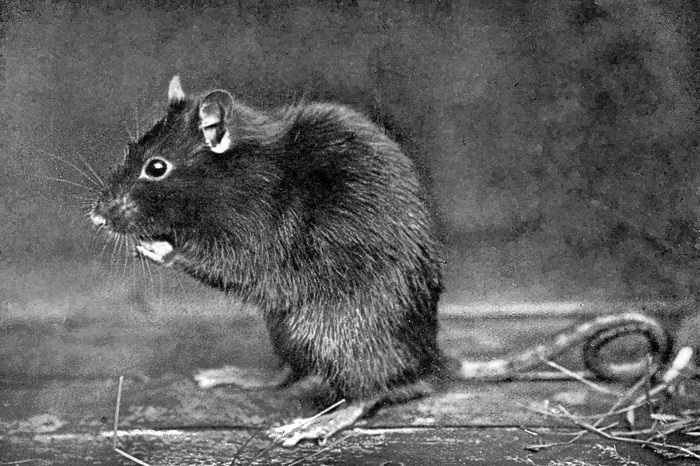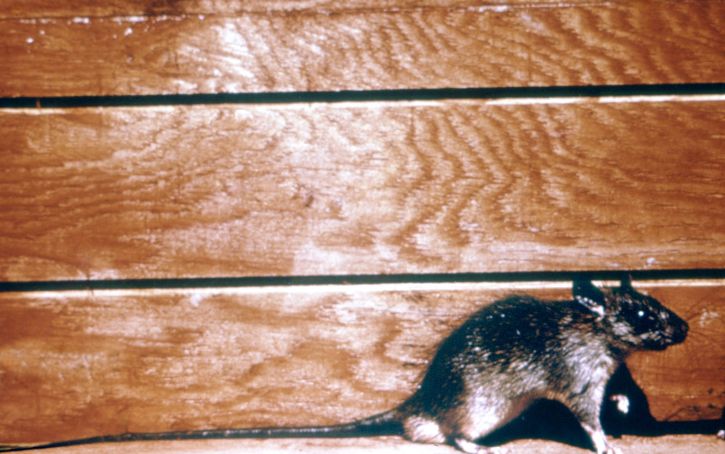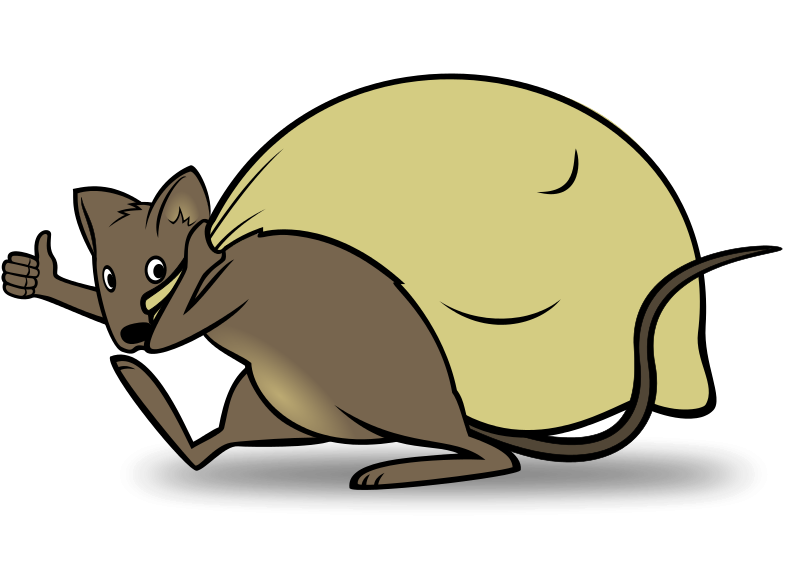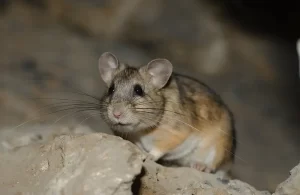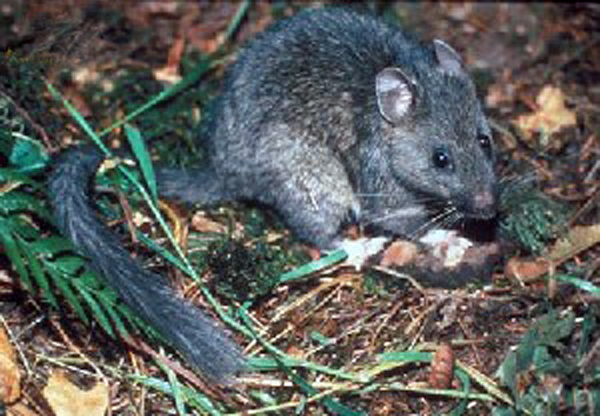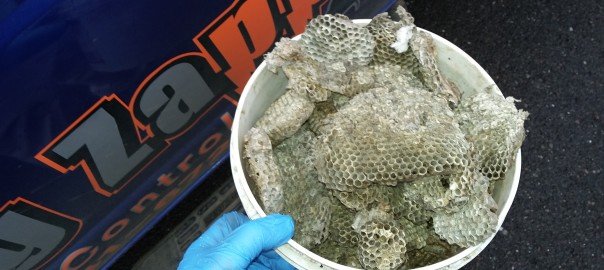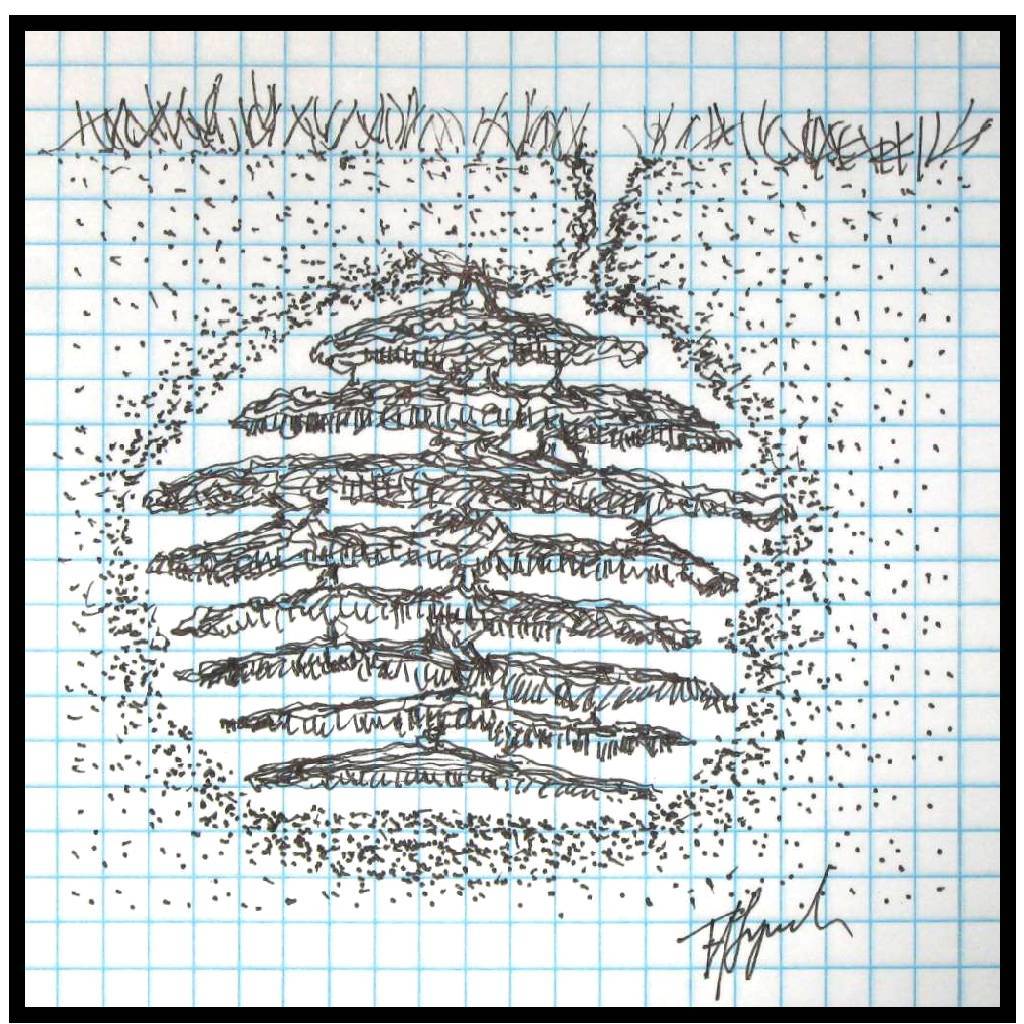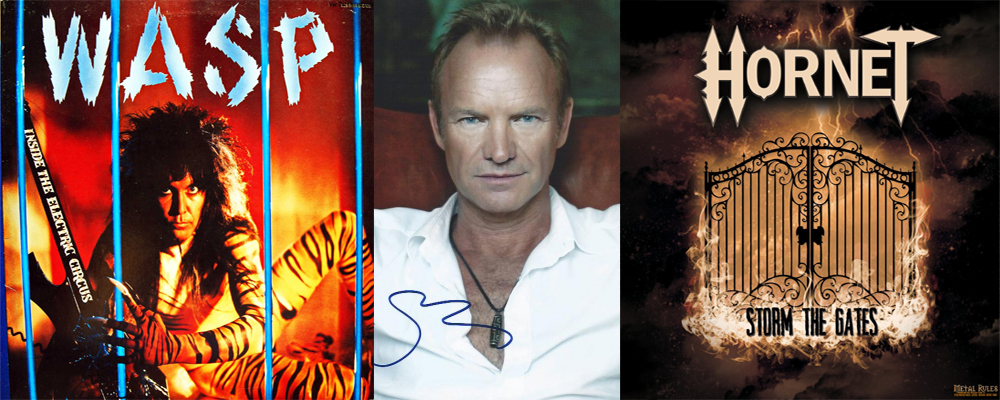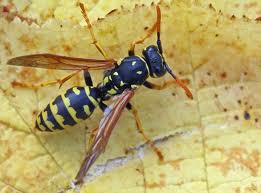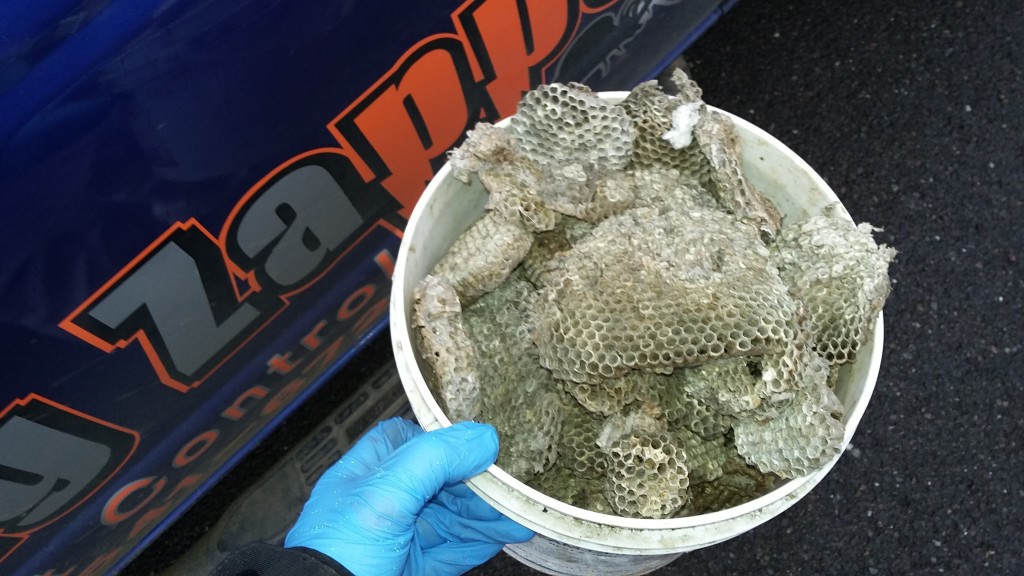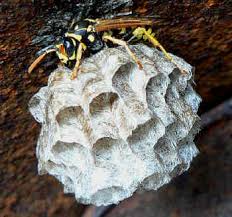Fall weather is upon us, and for most of us in our great state of Oregon, that means stink bugs and boxelder beetle infestations. What are these bugs, and why do they seem to completely cover some houses and leave other houses untouched? What can you do to protect your home and property from these pests? Here are the facts and the tools you need to never have to deal with these pests again!
What Are Stink Bugs and Boxelder Beetles?
Stink bugs and boxelder beetles are two types of insects that are very similar and, in a lot of cases, infest the same structures at the same time. They are a huge pest for nearly everyone in Oregon because they cover entire sides of homes and enter living spaces in alarming numbers. Both of the st release foul-smelling chemicals when you crush them. Not only do they stink, but they can also leave nasty stains on your drapes and carpets when trying to clean them up.
Fall in Oregon is a beautiful and fun time of year. No one wants to deal with a gross bug infestation in the middle of all their fall activities. Let’s start with some tips to help you accurately identify these insects.
Meet the Stink Bug: Oregon’s Unwanted Visitor
Stink bugs are curious insects that have become quite the unwelcome guests in many Oregon homes. They’re not your typical garden-variety bugs, so let’s dive into what you need to know about them—from their appearance and habits to how you can keep them out of your home.
Appearance and Size
Stink bugs are relatively easy to spot because of their distinct appearance. They’re shield-shaped, resembling a small armored tank, and they’re usually brownish gray with mottled patterns on their backs. Adult bugs are about 0.5 to 0.7 inches long.
Origin and Status in Oregon
Originally from Asia, these bugs hitched a ride to the United States and were actually first discovered in Eastern Pennsylvania in 1998. Since then, they have been making themselves at home across the country. In Oregon, they’ve become a growing concern, particularly in the Willamette Valley and other regions. They have, unfortunately, become a huge household and agricultural pest that can be really frustrating to eliminate.
Eating Habits
These foul-smelling bugs are not picky eaters; they’ll chow down on various plants and crops, making them a nuisance for gardeners and farmers alike. They pierce plant tissues with their sharp mouthparts and suck out the juices, leaving behind discolored and damaged crops and even little wrinkles on the surface of whatever they’re eating.
Mating Habits
These stinky pests mate during the warmer months. Females lay clusters of eggs on the undersides of leaves. When these eggs hatch, the young nymphs go through several growth stages before reaching adulthood.
Colony Formation
Unlike some pests, stink bugs don’t form massive colonies. They’re more solitary insects but can aggregate in larger numbers when they find a suitable spot for overwintering, which is a significant problem in Oregon.
Infesting Homes
These bugs live in weeds, debris, under rocks, and under logs. When fall comes, they flock to locations where they can find warmth and cover to hibernate until springtime rolls around again—like your house or garage.
When colder weather sets in, they seek refuge indoors, often in the fall. They sneak inside through cracks, gaps around windows and doors, and any opening they can find. Once inside, they look for a cozy place to spend the winter.
Preventing an Infestation of Stink Bugs
Now, the million-dollar question: how can you prevent these stinky invaders from taking over your home?
- Seal bug entry points. Inspect your home for any openings, and seal them up with caulk or weatherstripping.
- Use screens. Install screens on doors and windows to keep bugs out while allowing fresh air in.
- Maintain landscaping. Trim back plants, especially boxelder trees, and bushes that may be touching your home, serving as a bridge for insects or bugs.
- Check produce. Before bringing in garden produce, give it a thorough check for hitchhiking bugs.
Getting Rid of Stink Bugs
If stink bugs have already infiltrated your home, there are a few strategies to send them packing. Remember, squishing these bugs is not recommended—they release an unpleasant odor when crushed, hence the name “stink bug.” The powerful stench is part of a defense mechanism that releases the odor from a gland on the abdomen when the bug feels threatened or when its body is crushed. These nasty bugs’ predators will dislike the taste and spit them out.
Homemade Solutions
- Catch and release. Capture these bugs using a jar or plastic container, and release them back outside.
- Soap and water. A simple mixture of soapy water can be sprayed on bugs to immobilize them.
Professional Methods
- Vacuum. Using a vacuum cleaner with a hose attachment can help you collect bugs safely.
- Insecticides. Consider consulting a pest control professional who can use specialized insecticides to eliminate these foul-smelling bugs.
Stink bugs in Oregon are definitely not a welcome sight, and there are ways to deal with them. Prevention is key, so seal up entry points, maintain your garden, and inspect produce. If they’ve already infiltrated your home, you can use homemade solutions or consult professionals to help you keep your living space free of these unwanted guests.
Boxelder Bugs: Oregon’s Other Unwanted Houseguests
Let’s talk about boxelder bugs—those pesky insects that can turn your home into their winter getaway. From their quirky appearance to their habits and how to deal with them, here’s your guide to understanding and managing boxelder bugs.
Appearance and Size
Box elder bugs have a unique appearance that makes them stand out. They’re about half an inch long, so they’re not giant invaders. Their bodies are predominantly black with striking red or orange markings, making them quite the eye-catchers.
Origin and Status in Oregon
Box elder bugs are native to the western United States, so they’ve been around Oregon for a while. They’ve also been known to hang out in other parts of the country, like the Midwest.
Eating Habits
Boxelder bugs are vegetarians at heart. They primarily feed on the juices of box elder trees, maple trees, and ash trees. So if you’ve got boxelder trees or a few infested trees close to your home, you may find a boxelder bug or two dropping by to pay a visit.
Mating Habits
Like most insects, boxelder bugs also have their own love lives. They mate in the spring and lay eggs on infested trees, like the boxelder tree. When the eggs hatch, the young ones, or nymphs, start feeding and growing.
Colony Formation
Boxelder bugs aren’t big on forming colonies like some other pests are. However, when the colder months roll around, they tend to congregate in groups—usually on sunny sides of buildings or infested trees—to bask in the warmth. This behavior can make them look like they’re forming colonies, but they’re merely seeking a cozy spot to chill out during winter.
Infesting Homes
When temperatures drop, the boxelder bug looks for a warm place to hunker down, and that’s often your home. A boxelder bug can slip inside through cracks, gaps in windows and doors, and any tiny openings it can squeeze through. Once it finds a way in, the boxelder bug may decide to spend the winter with you.
Preventing Boxelder Bugs from Entering Your Home
Keeping boxelder bugs out of your home is a game of defense. Here’s how you can do it:
- Seal boxelder bug entry points. Inspect your home for any openings and seal them up with caulk or weatherstripping.
- Use screens. Install screens on doors and windows to keep boxelder bugs out while still allowing fresh air to flow.
- Remove infested boxelder trees. If possible, consider removing boxelder trees, maple trees, and ash trees from your immediate vicinity.
Getting Rid of Boxelder Bugs
If a boxelder bug has already set up shop in your home, don’t fret. There are ways to deal with them.
Homemade Solutions
- Suck ’em up. A vacuum cleaner with a hose attachment can help you capture boxelder bugs. Just remember to empty the vacuum outside to prevent the boxelder bug crew from crawling back in.
- Good old soap and water. A mixture of soapy water can be sprayed directly on a boxelder bug to immobilize it.
Professional Methods
- Insecticides. If you’re dealing with a severe infestation, it’s best to consult a pest control professional who can use specialized insecticides to eliminate boxelder bug infestations.
While a boxelder bug can be a nuisance, it doesn’t pose significant health risks to humans or pets. But if you’d rather not share your home with these colorful critters, use these prevention and removal methods to keep your living space boxelder bug-free.
Need Help? Contact Us Now!
To protect your home from a host of boxelder bug pests, Bug Zapper can inspect and treat your home to prevent problems. Our service includes dewebbing the entire structure using specialized brushes. We also knock down any boxelder bug infestations that are gathering on the sides of your home so we can identify potential exterior entry points.
The next step is to treat the structure with a special mixture of some very effective products. We treat the entire perimeter of the structure so that the bugs are completely blocked from gaining access. We also treat penetration points like doors and windows and under the eaves all around the home.
One issue that can come up when treating boxelder bug infestations is that they have wings. That means they can fly and may completely skip over treated areas instead of physically crossing the perimeter barrier. For this reason, we treat as many areas around the structure as possible. This process is so effective we warranty it 100 percent, and based on infestation levels, booster treatments are performed at no extra charge.
If you find stink bugs or a boxelder tree infested with boxelder beetles on your property, don’t suffer through it. Contact us today!
Locally owned for fast, exceptional service.
5 Star Pest Control Service available in Albany, Ashland, Coos Bay, Corvallis, Eugene, Grants Pass, McMinnville, Medford, Newberg, Roseburg, Salem, Sherwood, Wilsonville, Woodburn, Tigard, Tualatin and surrounding areas.




